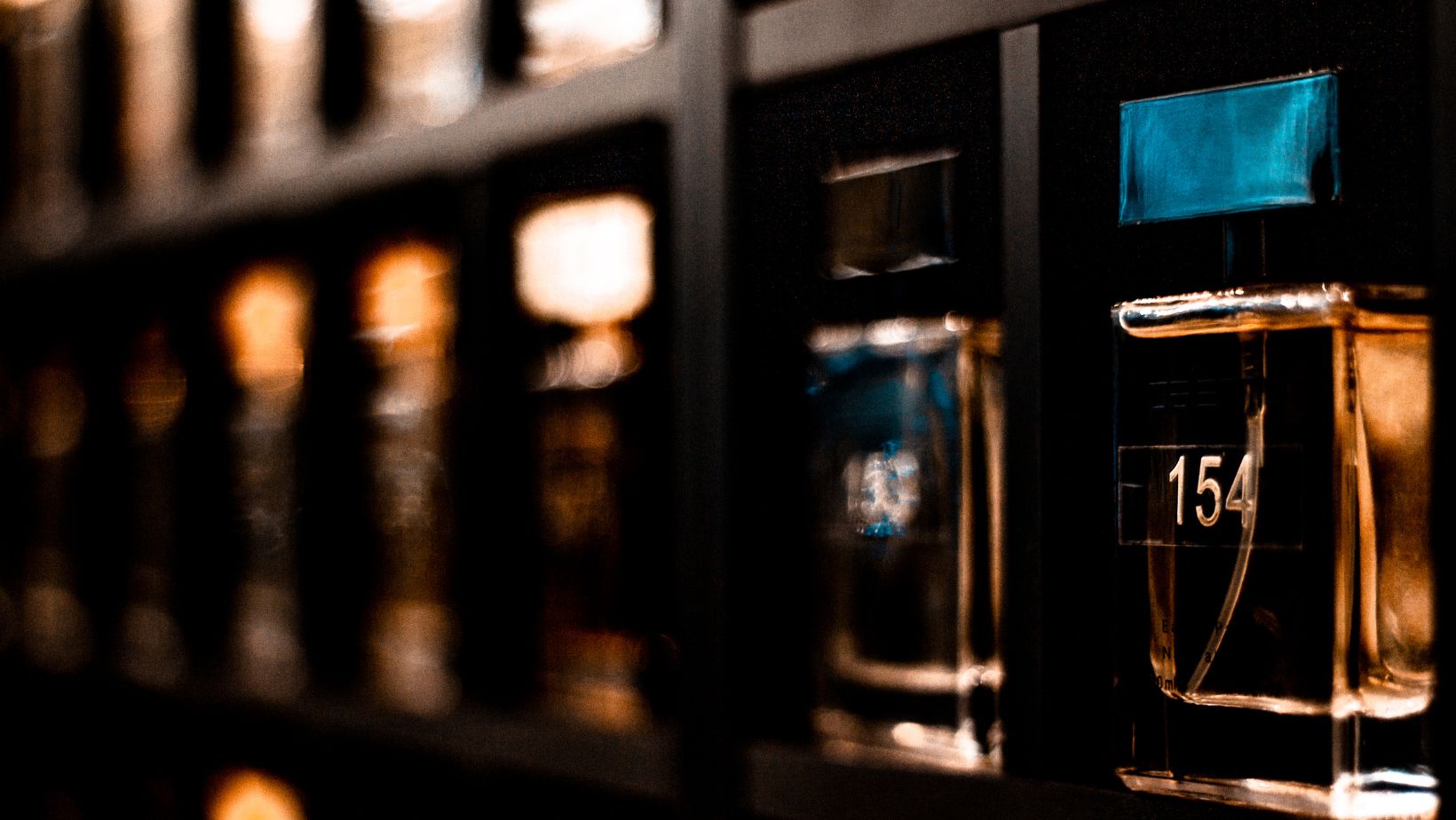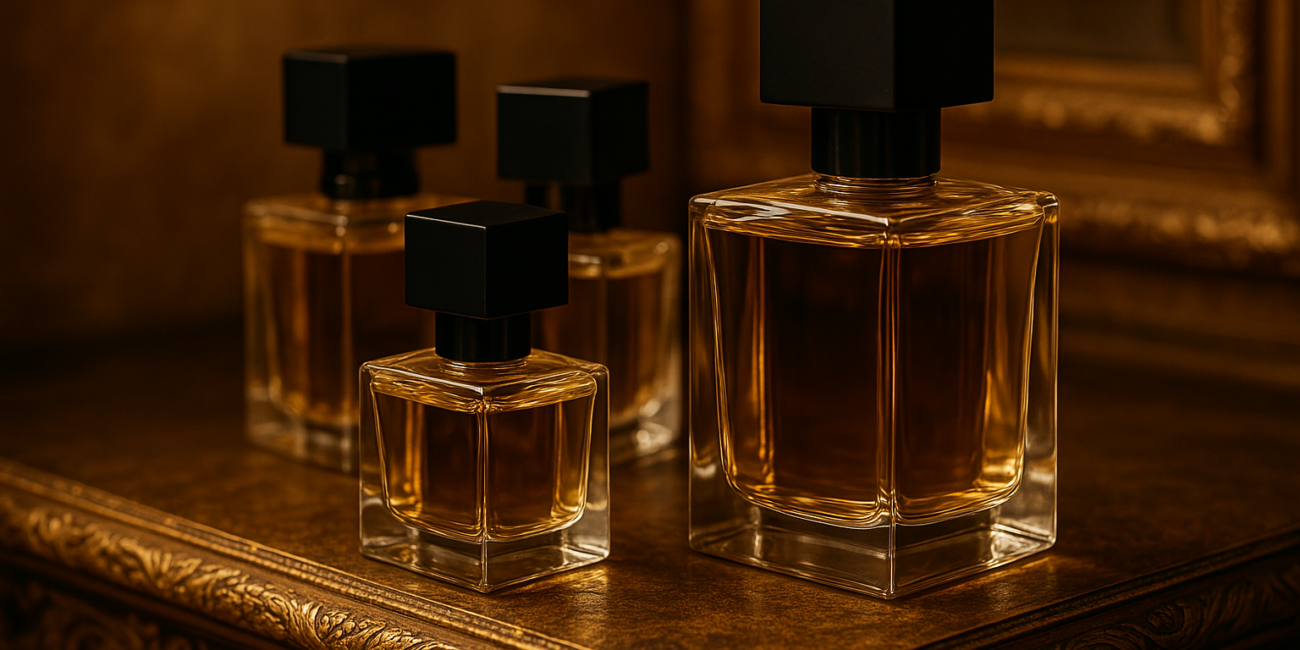Luxury isn’t always easy to define, but in the world of fragrance, it’s something you can instantly feel—or smell. From the texture of the packaging to the way a scent unfolds across hours, luxurious perfumes go far beyond just smelling nice. They capture imagination, emotion, and identity in a single bottle.
While many mainstream scents are mass-produced to appeal to the widest possible audience, premium fragrances aim to do the opposite. They embrace distinctiveness, complexity, and rarity. But what actually makes a fragrance luxurious?
There’s more than one answer—and it’s often a blend of origin, craftsmanship, raw materials, and storytelling.
Ingredients That Go Beyond The Ordinary
At the heart of every luxury scent is the quality of its ingredients. Unlike budget fragrances that rely heavily on synthetic components, high-end perfumes often include rare, natural extracts sourced from around the world.
Think of orris butter, which comes from the iris root and takes three to five years to age before it can be used. Or natural oud, extracted from agarwood, which is one of the most expensive raw materials in the perfume industry. Even saffron, rose de mai, and ambergris are prized for their scarcity and olfactory richness.
This is especially true in many high-end men perfumes, which have moved far beyond the one-dimensional “fresh and sporty” trend. Today’s luxury masculine fragrances often incorporate layers of spice, smoke, wood, and resin in combinations that evolve with the wearer’s chemistry.
A perfume crafted with rare or ethically sourced ingredients doesn’t just smell better—it performs better. The scent lasts longer, develops in stages, and feels more personal because it interacts with your skin over time.
The Role Of Craftsmanship And Heritage
Luxury in fragrance isn’t only about what’s inside the bottle—it’s also about who’s behind it. Many premium perfume houses employ master perfumers, or “noses,” who have trained for decades to develop their skills. These artisans understand the science and art of scent at a level that allows them to construct sophisticated, nuanced blends.
Unlike mass-market formulations, which are often made to meet commercial deadlines, luxury scents are developed slowly and with intention. They’re tested, revised, and balanced until the result is something unforgettable.

This process mirrors the dedication found in other luxury industries—tailored fashion, handmade watches, or fine jewelry. The perfume isn’t just made; it’s composed.
Brands like PARFUM.AE reflect this commitment. Their perfumes are crafted with a deep respect for Arabic perfumery traditions, using a rich palette of natural oils and resins while introducing a modern signature. Their offerings blur the line between heritage and innovation, which is a hallmark of true luxury.
Packaging As Part Of The Experience
Luxury is also tactile. When you pick up a high-end fragrance, the weight of the bottle, the design of the cap, and the quality of the spray mechanism all signal something elevated.
Premium perfume houses invest in beautiful packaging not just for aesthetics, but because it contributes to the ritual. Whether it’s a hand-etched crystal flacon or a velvet-lined box, the packaging sets the tone before the scent is even released.
This attention to detail is not an afterthought—it’s part of the emotional journey. When you apply a luxury fragrance, it feels like a deliberate gesture, not a routine spritz.
Exclusivity And Limited Availability
Another defining feature of luxury fragrance is its rarity. Many high-end brands release limited batches or exclusive collections, sometimes tied to specific regions, boutiques, or seasons. Scarcity creates desirability—but it also ensures that the fragrance isn’t worn by everyone.
Wearing a rare scent becomes a kind of signature, something only a few others will recognize. It also builds a deeper connection between the wearer and the fragrance. Knowing that your scent is one of a few in circulation adds an extra layer of meaning.
Why Storytelling Matters
A luxurious perfume often carries a story—about its creation, its inspiration, or the journey of its ingredients. This narrative draws the wearer into a specific emotional space, whether it’s the memory of a sunlit desert evening, a forbidden love, or an ancient ritual.

Luxury consumers today want more than just a scent; they want context. According to a 2023 Euromonitor report on niche fragrance trends, modern buyers are increasingly drawn to brands with authenticity and a compelling backstory.
The fragrance becomes not only a part of your daily life but a way to connect with something deeper—artistry, culture, even a time and place you’ve never been.
When Scent Becomes Identity
Ultimately, what makes a fragrance luxurious isn’t just the price tag. It’s the feeling of connection, confidence, and distinction it gives you.
A true luxury perfume reflects the wearer rather than masking them. It becomes an extension of who you are—not just in how you smell, but how you move, feel, and exist in a space.
And that’s the secret of premium fragrance. It doesn’t shout. It whispers with confidence. It lingers. And it stays with you long after you’ve left the room.



